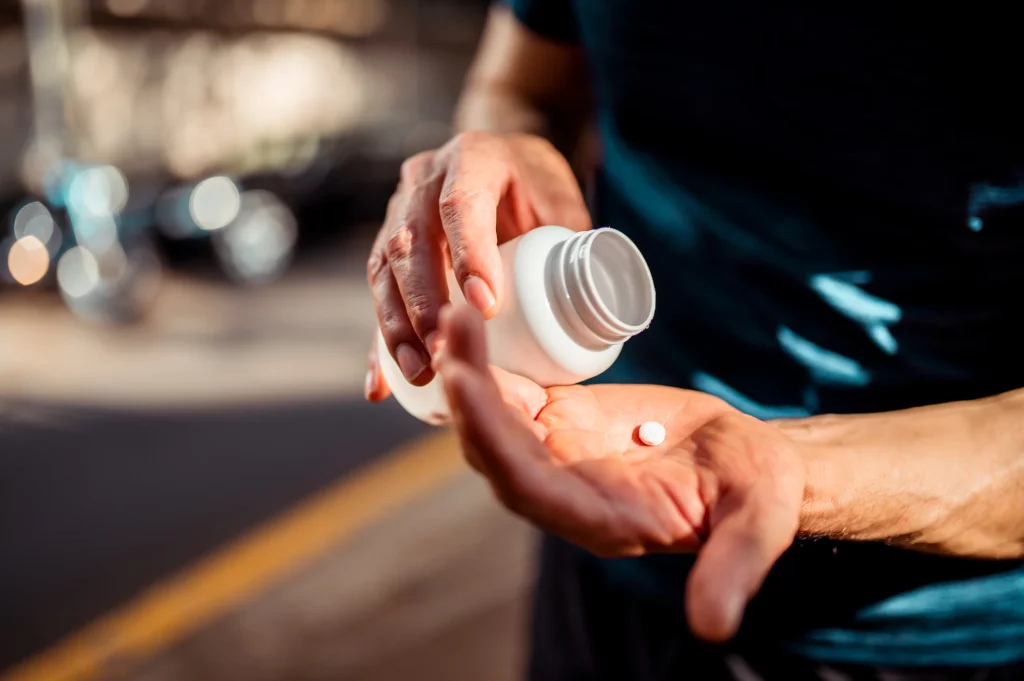
Hypogonadism is a medical condition that affects the male reproductive system. It is characterized by low levels of testosterone, which can lead to a range of symptoms and complications. Testosterone replacement therapy (TRT) is a treatment option for men with hypogonadism, and it involves the administration of testosterone to restore normal levels.
There are two main types of hypogonadism: primary and secondary. Primary hypogonadism is caused by a problem with the testicles themselves, while secondary hypogonadism is caused by a problem with the hypothalamus or pituitary gland. Some common causes of hypogonadism include aging, injury to the testicles, chemotherapy or radiation therapy, and certain genetic conditions.
The symptoms of hypogonadism can vary depending on the severity of the condition, but some common symptoms include:
- Reduced sex drive
- Erectile dysfunction
- Fatigue
- Muscle weakness
- Loss of body hair
- Decreased bone density
- Mood changes, such as depression or irritability
Testosterone replacement therapy is a treatment option for men with hypogonadism. TRT involves the administration of testosterone to replace the hormone that is not being produced adequately by the testicles. TRT can be administered in a variety of forms, including injections, patches, gels, and pellets.
Before beginning TRT, a doctor will conduct a thorough evaluation to determine the underlying cause of the hypogonadism and to rule out any other medical conditions that could be causing the symptoms. They will also evaluate the patient’s overall health and any medications they are taking to determine if TRT is a safe and appropriate treatment option.
TRT has been shown to be effective at restoring testosterone levels in men with hypogonadism, and it can improve symptoms such as reduced sex drive, erectile dysfunction, and fatigue. It can also improve bone density and muscle mass, and may have other health benefits as well.
However, TRT is not without risks. Some potential side effects of TRT include acne, breast enlargement, sleep apnea, and an increased risk of blood clots and stroke. TRT can also stimulate the growth of prostate cancer cells, so it is important for men with a history of prostate cancer to discuss TRT with their doctor to determine if it is safe for them.
There is also some controversy surrounding TRT and its use in men without hypogonadism. Some men may seek out TRT to improve their athletic performance or to counteract the effects of aging. However, there is limited evidence to support the use of TRT in these contexts, and it may actually increase the risk of certain health problems, such as heart disease and prostate cancer.
It is important for men considering TRT to discuss the risks and benefits with their doctor and to carefully consider their reasons for seeking treatment. TRT should only be used under the supervision of a qualified healthcare provider, and regular monitoring is necessary to ensure that the treatment is effective and safe.
In conclusion, hypogonadism is a medical condition that can have a range of symptoms and complications. Testosterone replacement therapy is a treatment option for men with hypogonadism, and it can be effective at restoring testosterone levels and improving symptoms. However, TRT is not without risks, and it should only be used under the supervision of a qualified healthcare provider. Men considering TRT should carefully consider their reasons for seeking treatment and discuss the risks and benefits with their doctor.